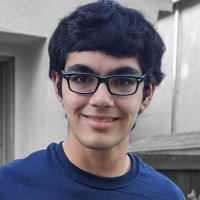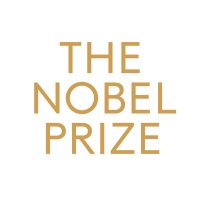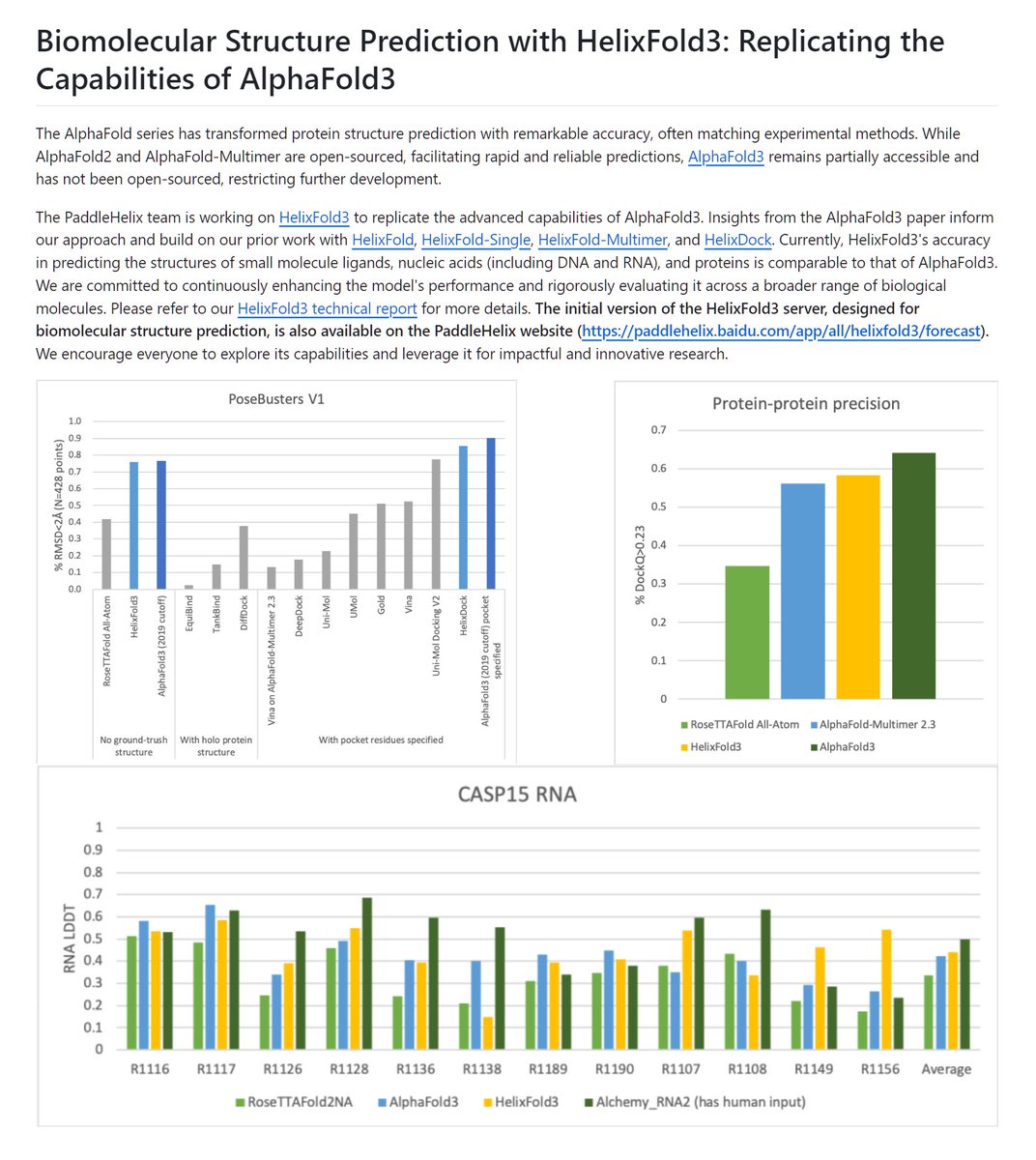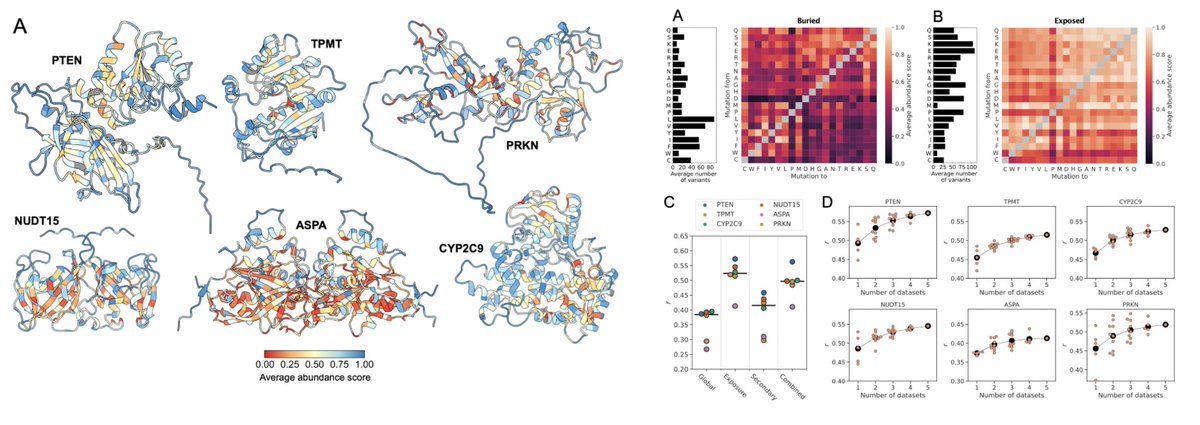
Matteo Cagiada
@cagiadamatteo
🇮🇹, Computational biophysicist, Novo Nordisk Foundation Postdoc fellow at @UniofOxford / @UCPH_Research
ID: 1290653404541452292
04-08-2020 14:19:35
196 Tweet
386 Followers
415 Following




We have trained ESM3 and we're excited to introduce EvolutionaryScale. ESM3 is a generative language model for programming biology. In experiments, we found ESM3 can simulate 500M years of evolution to generate new fluorescent proteins. Read more: evolutionaryscale.ai/blog/esm3-rele…

OPIG DPhil student Gemma Gordon led work to build and analyse "PLAbDab-nano: a database of camelid and shark nanobodies from patents and the literature". Just released on bioRxiv and available as an OPIG webapp: Preprint: biorxiv.org/content/10.110… Webapp: opig.stats.ox.ac.uk/webapps/plabda…




MARK YOUR CALENDAR: The next Variant Effects Seminar Series is Tuesday, October 1, 9 to 10 am (Pacific). Saori Sakaue Harvard Medical School & @Priyank67495046 UC San Francisco will present. Atlas of Variant Effects Alliance varianteffect.org/seminar-series




📢Out now! Charlotte M. Deane and colleagues discuss the need for a renewed focus on data and validation for advancing the potential of machine learning in small-molecule drug discovery. Oxford Protein Informatics Group (OPIG) nature.com/articles/s4358… ➡️rdcu.be/dW34O





